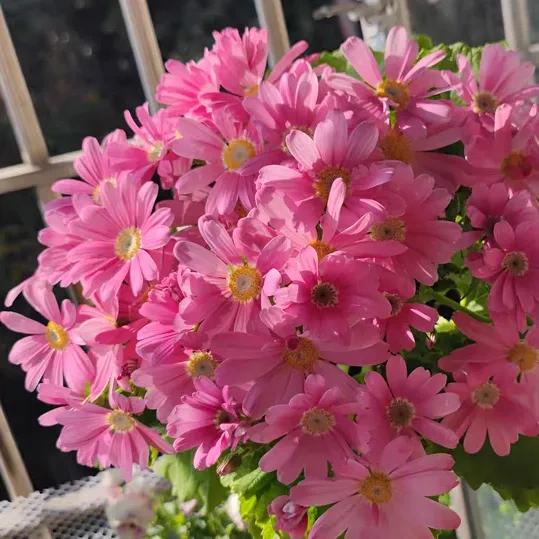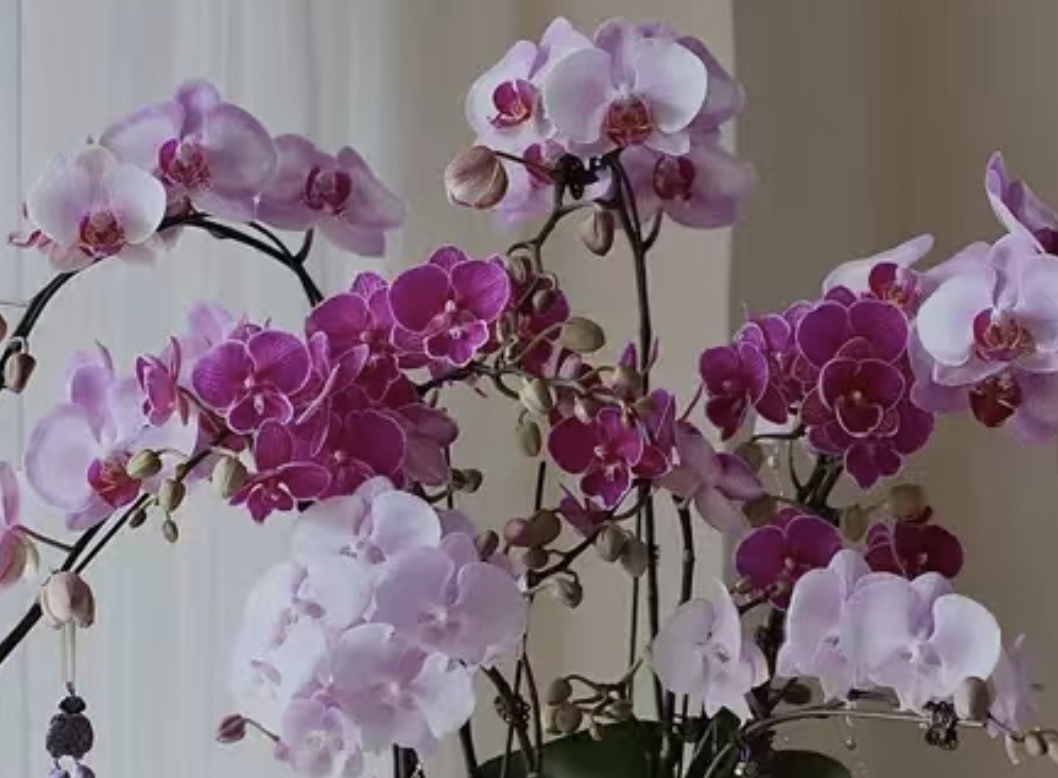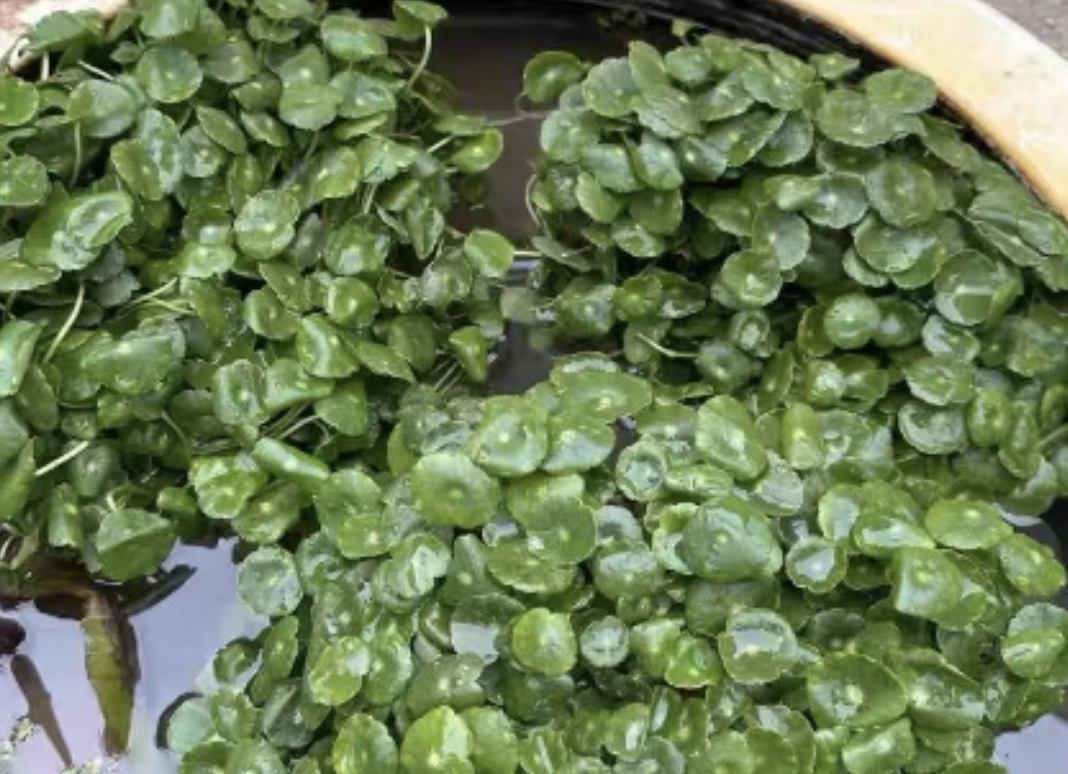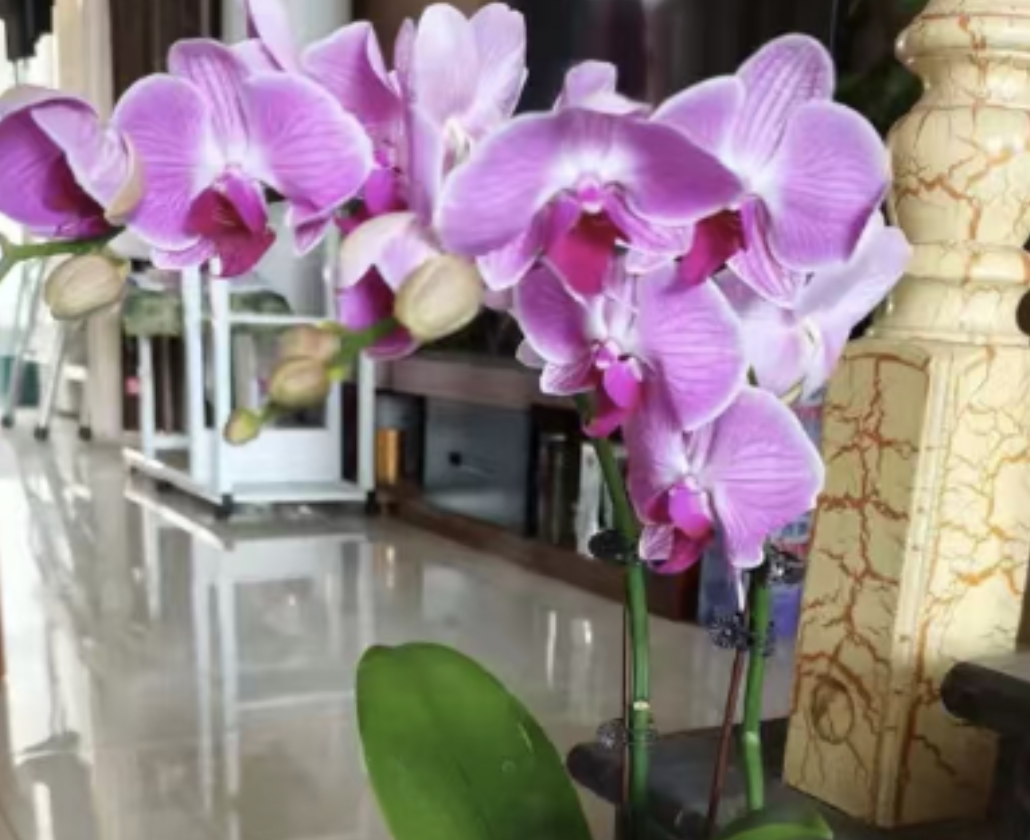Cineraria, a member of the genus Pericallis in the Asteraceae family, exudes a unique charm in the world of flowers and is deeply loved by many flower enthusiasts.
Essentially, Cineraria is a perennial herb. However, considering its difficulty in surviving the hot summer, in practical horticultural cultivation, it is often grown as an annual or biennial plant. This approach not only ensures that we can enjoy its beauty but also simplifies the cultivation process.
The entire Cineraria plant is non - toxic and harmless to humans and pets. Therefore, it can be safely placed in every corner of the home, adding a touch of greenery and vitality to the living space.
Cineraria not only has ornamental value but also contains rich cultural connotations. It represents joy, happiness, family harmony, and prosperity, making it an excellent choice for conveying blessings and expressing sincere feelings. Whether it is given to friends to express good wishes or placed at home to imply family harmony, Cineraria can serve as an envoy to convey emotions and beautiful visions.
The flowering period of Cineraria mainly occurs from January to April, with a wide variety of flower colors, including blue, purple, red, white, etc. The blooming time of a single - plant flower can last for 1 to 2 months, while the flowering period for group viewing is even longer, allowing people to feel the breath of spring even in the cold season.
However, to make Cineraria grow vigorously and bloom beautiful flowers, certain maintenance techniques need to be mastered. Regarding the soil, Cineraria prefers loose, fertile, and well - drained soil. It can be prepared by mixing leaf mold, peat soil, and perlite in a ratio of 3:2:1. In terms of light, Cineraria likes sufficient light but avoids direct strong light. It should be fully exposed to light in winter, spring, and autumn, while in summer, it needs appropriate shading. Regarding temperature, in winter, it is necessary to keep warm and maintain the room temperature above 5°C; in summer, cooling measures are required to avoid damage to the plant caused by high temperatures.
In terms of watering, during the growth period of Cineraria, water should be applied once every 2 to 3 days, thoroughly watering without waterlogging. When the air is dry, spraying water to increase humidity is also necessary to maintain an appropriate humidity level. In terms of fertilization, a thin liquid fertilizer should be applied once every 10 to 15 days to promote the growth of the plant. During the flower - bud differentiation period, phosphorus and potassium fertilizers should be added to promote the formation of flower buds and the blooming of flowers. At the same time, attention should also be paid to preventing and controlling pests and diseases, such as powdery mildew, aphids, and spider mites. Keep good ventilation, avoid high - temperature and high - humidity environments, and use pesticides in a timely manner after the discovery of pests and diseases.
What are the floriography and symbolic meanings of Cineraria?

Share with
Tagged in :




Leave a Reply